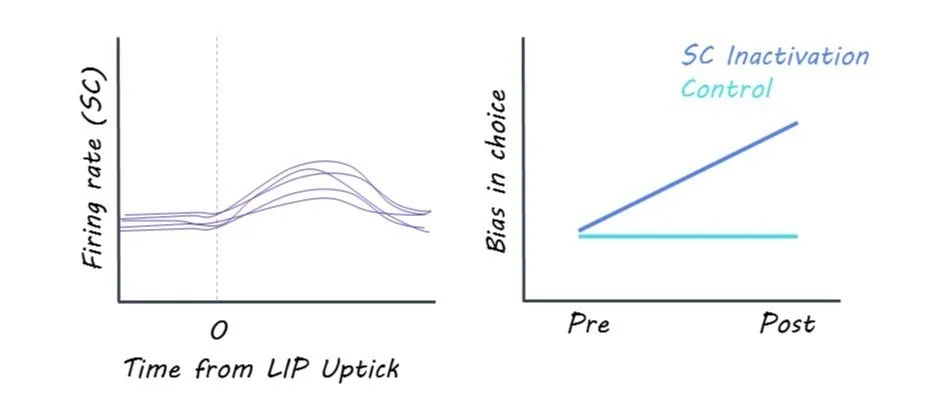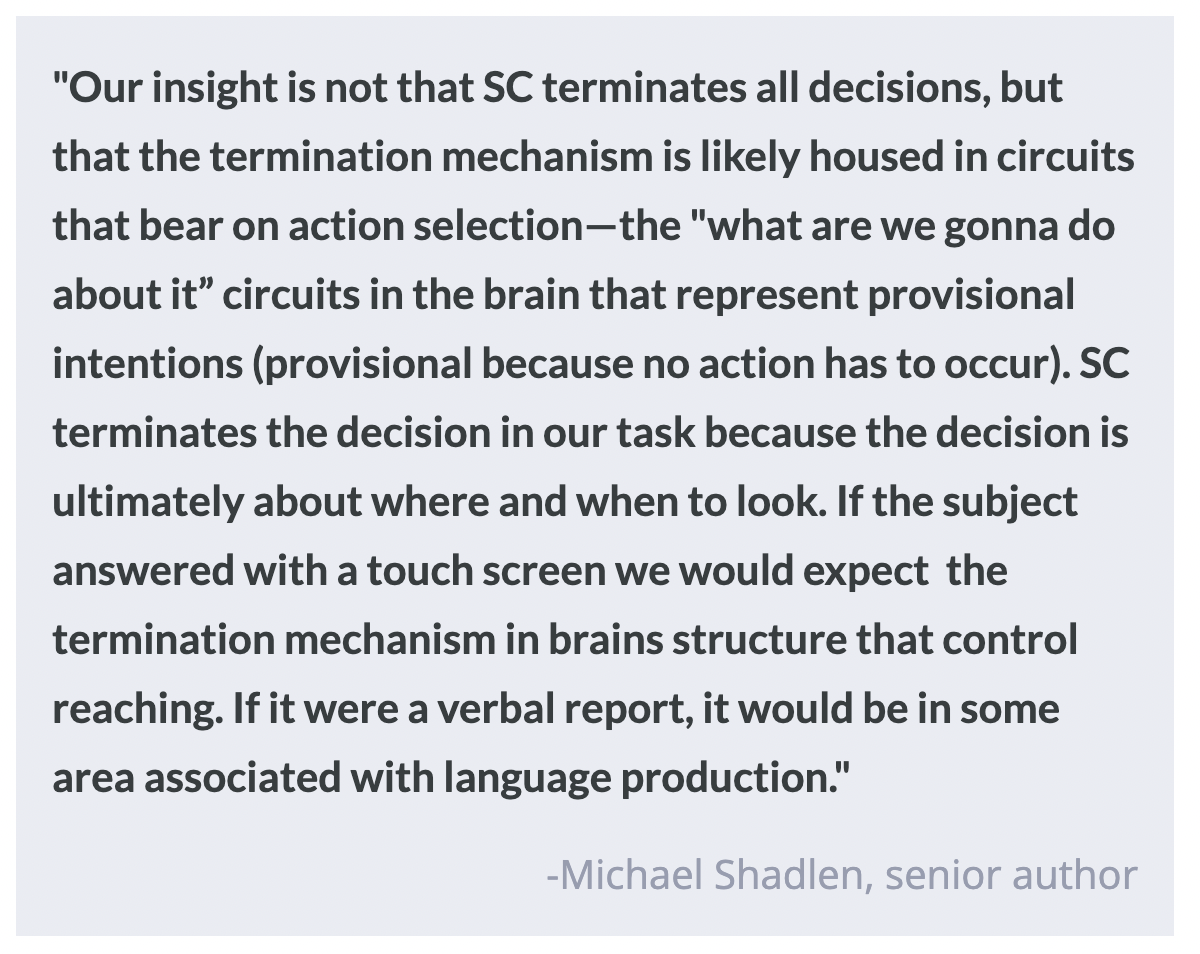A Novel Subtype of Hypothalamic-Habenula Neurons Drives Aversive Behavior
Post by Trisha Vaidyanathan
The takeaway
The population of glutamatergic excitatory neurons that project from the lateral hypothalamic area (LHA) to the lateral habenula (LHb) is composed of six molecularly, physiologically, and functionally distinct cellular subtypes. One specific subtype, characterized by the expression of estrogen receptor 1 (Esr1+), mediates aversive behavior and a sex-specific maladaptive response to stress.
What's the science?
The LHA, the LHb, and the prefrontal cortex (PFC) are key nodes in the neural circuit that controls emotional behavior. The LHA is the primary input to the LHb and this LHA-LHb pathway has been shown to send negative signals that mediate avoidance behavior and depression. While recent work has demonstrated that neural populations in other hypothalamic regions are heterogenous, the LHA-LHb cells are still thought to be one homogenous population. This week in Nature Neuroscience, Calvigioni and colleagues used a combination of ex vivo electrophysiology, single-cell RNA sequencing, and mouse genetics to determine if the LHA-LHb population is heterogeneous, characterize any subtypes of LHA-LHb cells, and determine their function in mediating emotional behavior.
How did they do it?
The authors characterized the heterogeneity of LHA-LHb cells using a powerful technique called Patch-Seq, which allowed them to characterize both the electrophysiological properties (via patch clamp recordings) and the gene expression pattern (via single-cell RNA sequencing) of an individual LHA-LHb cell. The authors then used this gene expression data to create Cre mouse lines that enabled them to genetically modify specific LHA-LHb subtypes.
Next, the authors confirmed previous findings that activation of the entire LHA-LHb population leads to aversive behavior using a two-chamber real-time preference test, in which one chamber is associated with optogenetic stimulation and, if aversive, mice will avoid entering that chamber. They next repeated these experiments but only activated specific LHA-LHb subtypes, to identify which subtype is responsible for the aversive behavior. To confirm, they also silenced cells by inhibiting neurotransmitter release via expression of tetanus toxin.
Lastly, the authors focused on the cellular subtype marked by expression of estrogen receptor 1 (Esr1+). First, they used high-density electrodes in vivo to compare the PFC response to Esr1+ cell activation with the PFC response to an aversive stimulus in the form of an air puff to the eye. Next, the authors explored the role of Esr1+ cells in a sex-specific maladaptive stress response by exposing male and female mice to an unpredictable foot shock while simultaneously inhibiting Esr1+ cells or, in separate experiments, performing patch clamp electrophysiology to characterize changes in Esr1+ cell properties following the shock stressor.
What did they find?
First, the authors identified six subtypes of LHA-LHb cells based on the electrophysiological properties obtained with patch-clamp recordings and demonstrated each subtype has a topographical organization across LHA, a unique anatomical projection to LHb, and a unique morphology. Further, single-cell RNA sequencing data revealed unique expression markers for many of these subtypes which the authors then used to generate Cre mouse lines for subtype-specific genetic manipulation.
Next, using optogenetics, the authors demonstrated that only activation of the Esr1+ subtype, but not any other subtype, recapitulated the avoidance behavior caused by activating the entire LHA-LHb population. Further, silencing Esr1+ cells while simultaneously activating the rest of the LHA-LHb population prevented avoidance behavior. This demonstrated that the Esr1+ subtype is necessary and sufficient for mediating the LHA-LHb avoidance behavior.
Lastly, the authors found that, similar to an external aversive stimulus (air puff to the eye), Esr1+ activation had specific and profound effects on PFC activity, suggesting that Esr1+ cells are a critical component of the broader emotional behavior circuit. The authors also found Esr1+ cells mediate a sex-specific stress response. They demonstrated that unpredictable shocks induced a maladaptive stress response specifically in female mice and this response was reduced if Esr1+ cells were silenced. They also found that unpredictable shocks shifted the intrinsic firing properties of Esr1+ burst-firing cells in female, but not male, mice, suggesting this shift underlies a female-specific susceptibility to stress.
What's the impact?
This study is the first to show that LHA-LHb cells are a heterogenous population and identified six distinct subtypes based on unique physiological, molecular, morphological, and anatomical markers. Further, they demonstrate that a specific subtype of LHA-LHb cells marked by Esr1 expression is necessary and sufficient for aversive behavior and sex-specific stress responses. Broadly, this research reveals the importance of characterizing the diversity of neuron subtypes that underlie complex emotional behaviors.




